TechRadar Verdict
As a variant of the M10, the M10-P isn't dramatically different, save for the quieter shutter, touchscreen control, and cosmetic differences. However, the premium you pay over the M10 is quite substantial, and it's a luxury not everyone will be able to justify.
Pros
- +
Ultra-quiet shutter
- +
Beautiful build quality
- +
Touchscreen limited but responsive
- +
Excellent raw image quality
Cons
- -
Rangefinder focusing not for everyone
- -
No IS for still images
- -
Default JPEG quality could be better
- -
AWB can be a little too neutral
Why you can trust TechRadar
Leica's M-series cameras have rightly earned their place in photographic folklore, and have been used by some of the world's greatest photographers.
The standard M10 that Leica launched last year was without question the best digital interpretation of the series we've seen, especially as it lost some weight compared to its digital predecessors, and was a svelte as its legendary film siblings.
There's no question that thanks to its (very) premium price tag, the M10 has a niche (but very loyal) audience, and the M10-P is aimed at a more discerning audience again, designed to appeal to those who find even the standard M10 a bit too 'in your face'.
Features
- Full-frame 24MP sensor
- ISO100-50,000
- Touchscreen control
The M10-P borrows many of the core features of the M10 that it's based around. This includes the full-frame 24MP sensor that's matched up with Leica's Maestro II image processor. This combination delivers a sensitivity range of ISO100-50,000, and while it's not designed for rapid-fire shooting, the camera is capable of a decent continuous shooting speed of 5fps.
There's no low-pass filter over the sensor, so that's good news for fine detail rendition. The M10-P also foregoes any image stabilization, either in the camera or on Leica M lenses (which might sound like sacrilege for Leica aficionados), so you better have your technique nailed down.
Sensor: 24MP full-frame CMOS
Lens mount: Leica M
Screen: 3.0-inch touchscreen, 1,040,000 dots
Burst shooting: 5fps
Autofocus: N/A
Video: N/A
Connectivity: Wi-Fi
Battery life: TBC
Weight: 660g
Leica would no doubt argue that the compact size of the M10-P (it has the exact same dimensions as the film version and is just 33.7mm thick), partnered with Leica's luxurious fast prime lenses, means an anti-shake system isn't required.
As the M10-P is a rangefinder camera, it sports an optical viewfinder. Or to be more precise, a ‘Messsucher’ (what Leica calls its combined rangefinder/viewfinder), with the M of Messsucher responsible for giving the M system its name.
Sign up for breaking news, reviews, opinion, top tech deals, and more.
If you like the idea of the M10-P but aren't sold on the rangefinder format, an optional clip-on Visoflex electronic viewfinder (EVF), with a decent 2,400k-dot resolution, is available.
The 3.0-inch display at the rear of the camera remains, but the M10-P gets touch control over the standard M10, while there's also Wi-Fi connectivity. If you're a iOS user you can use the Leica-M app for iPhone and iPad for wireless image transfer and remote camera control.
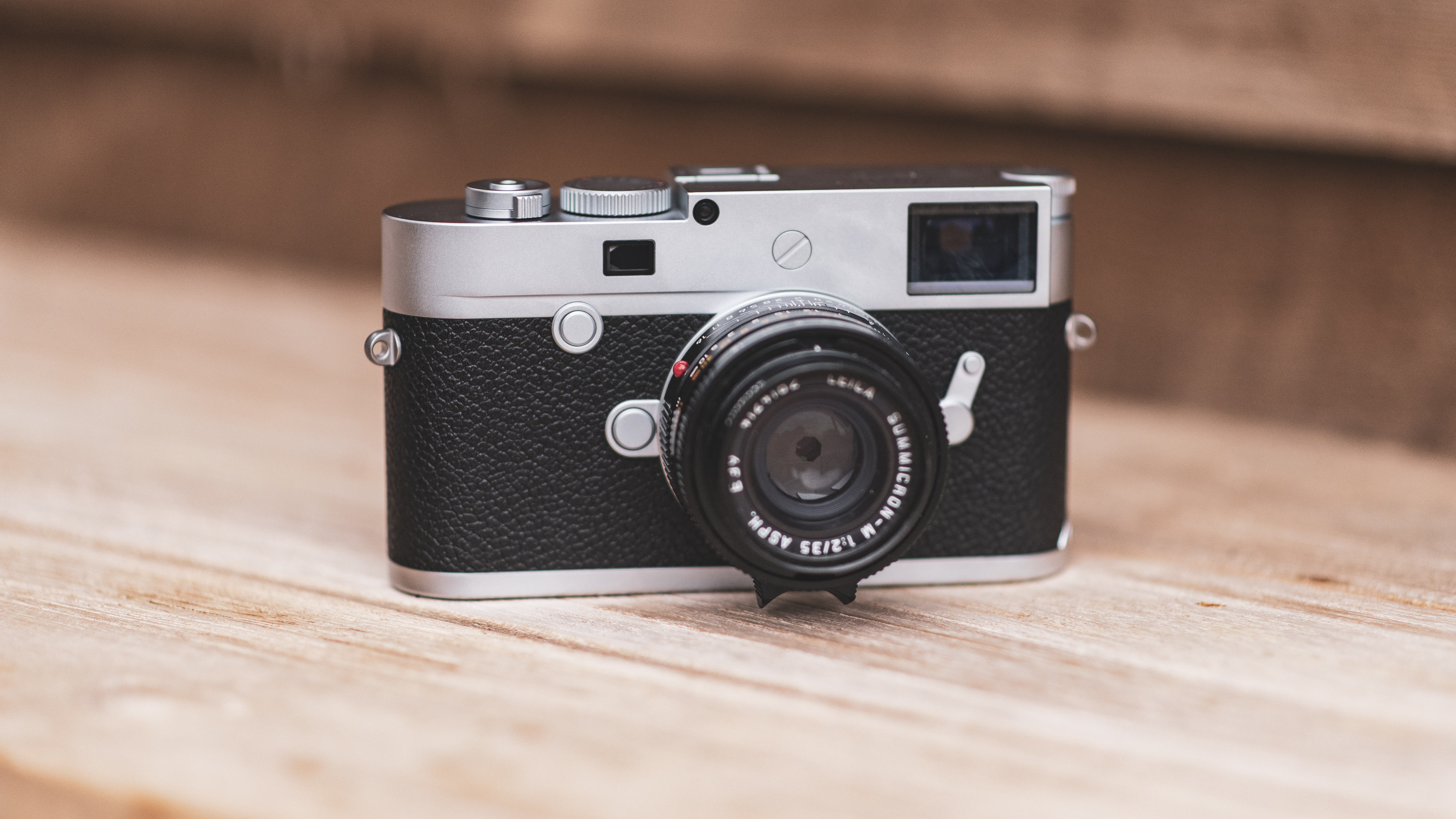
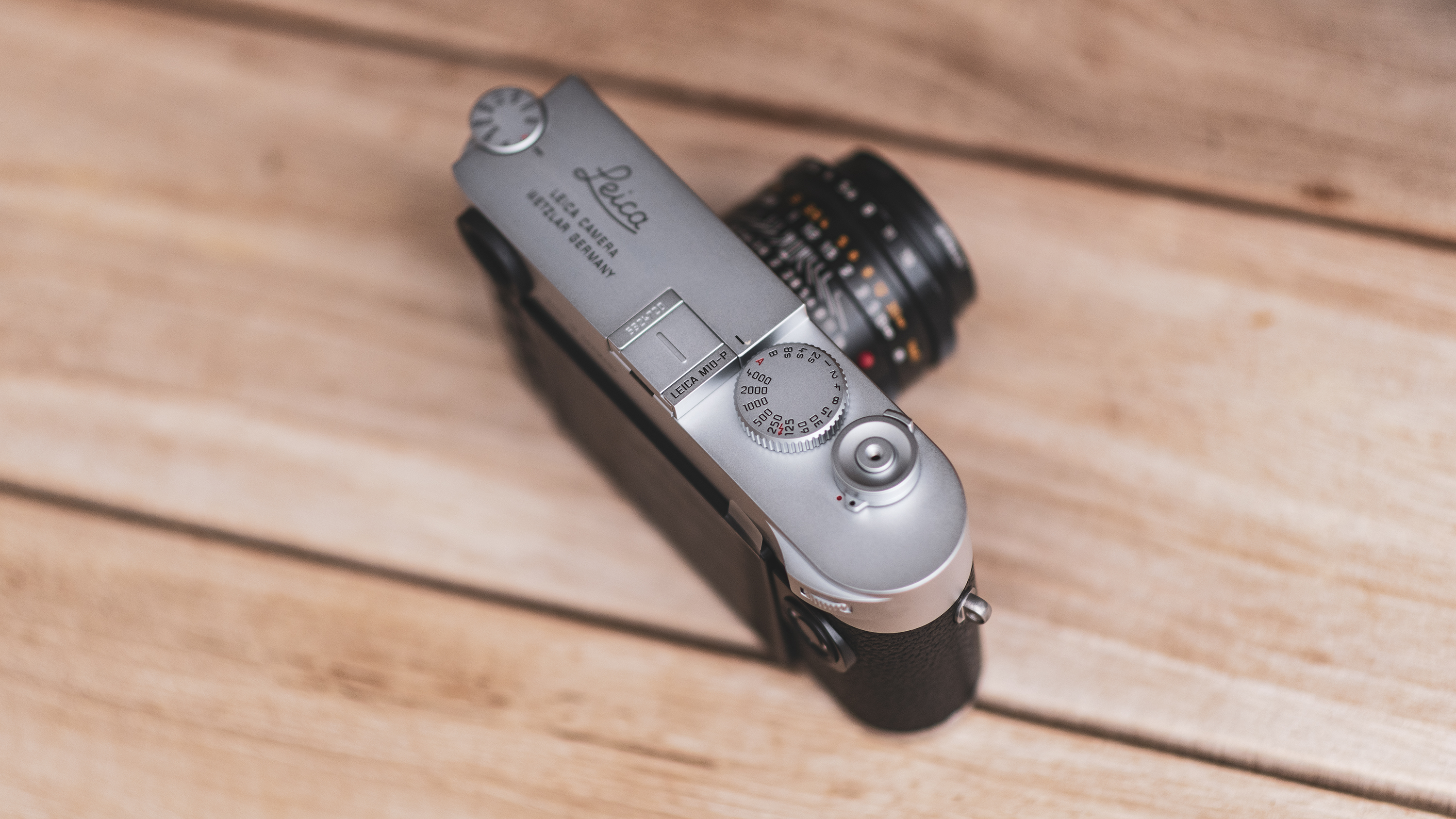
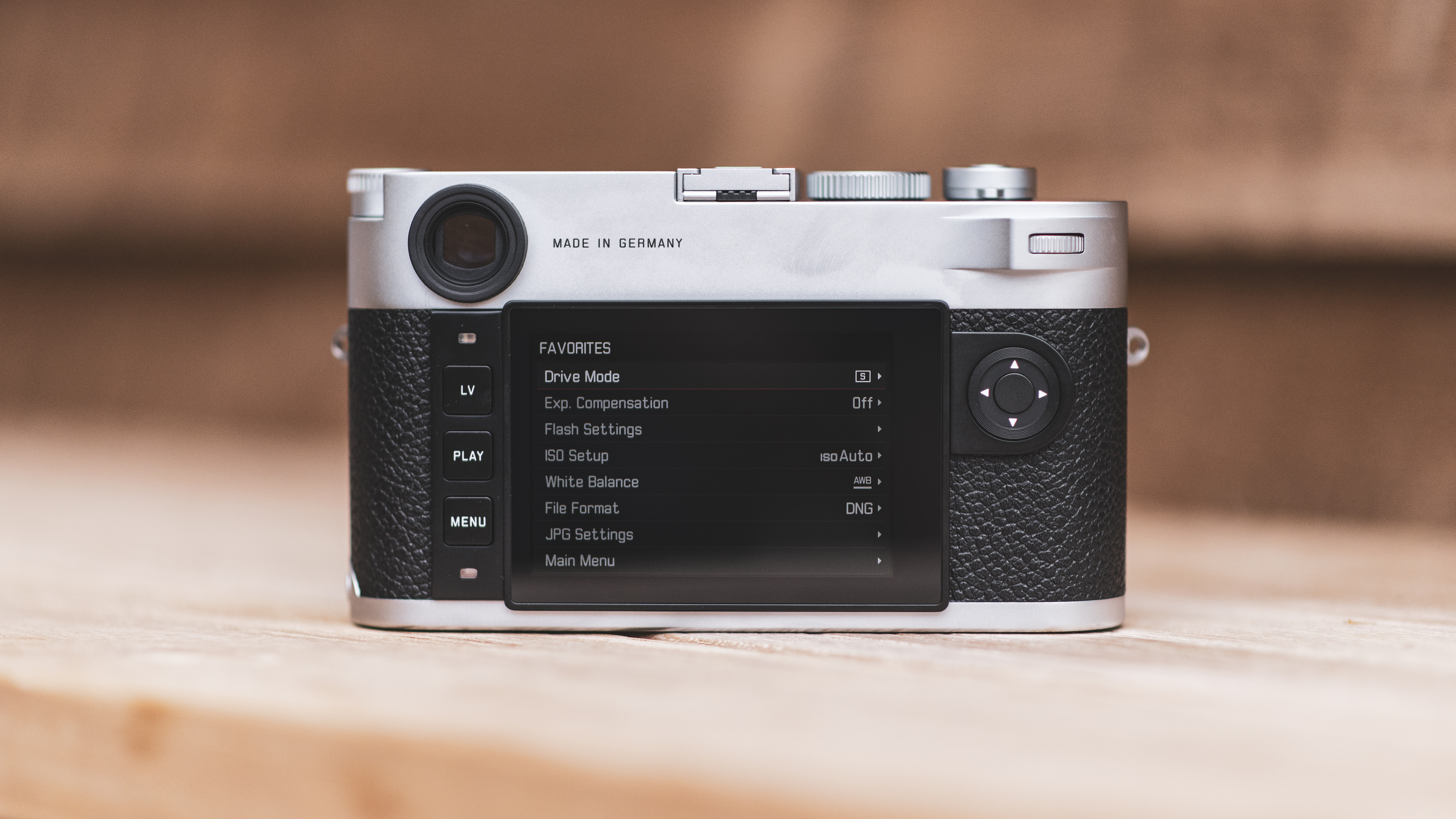
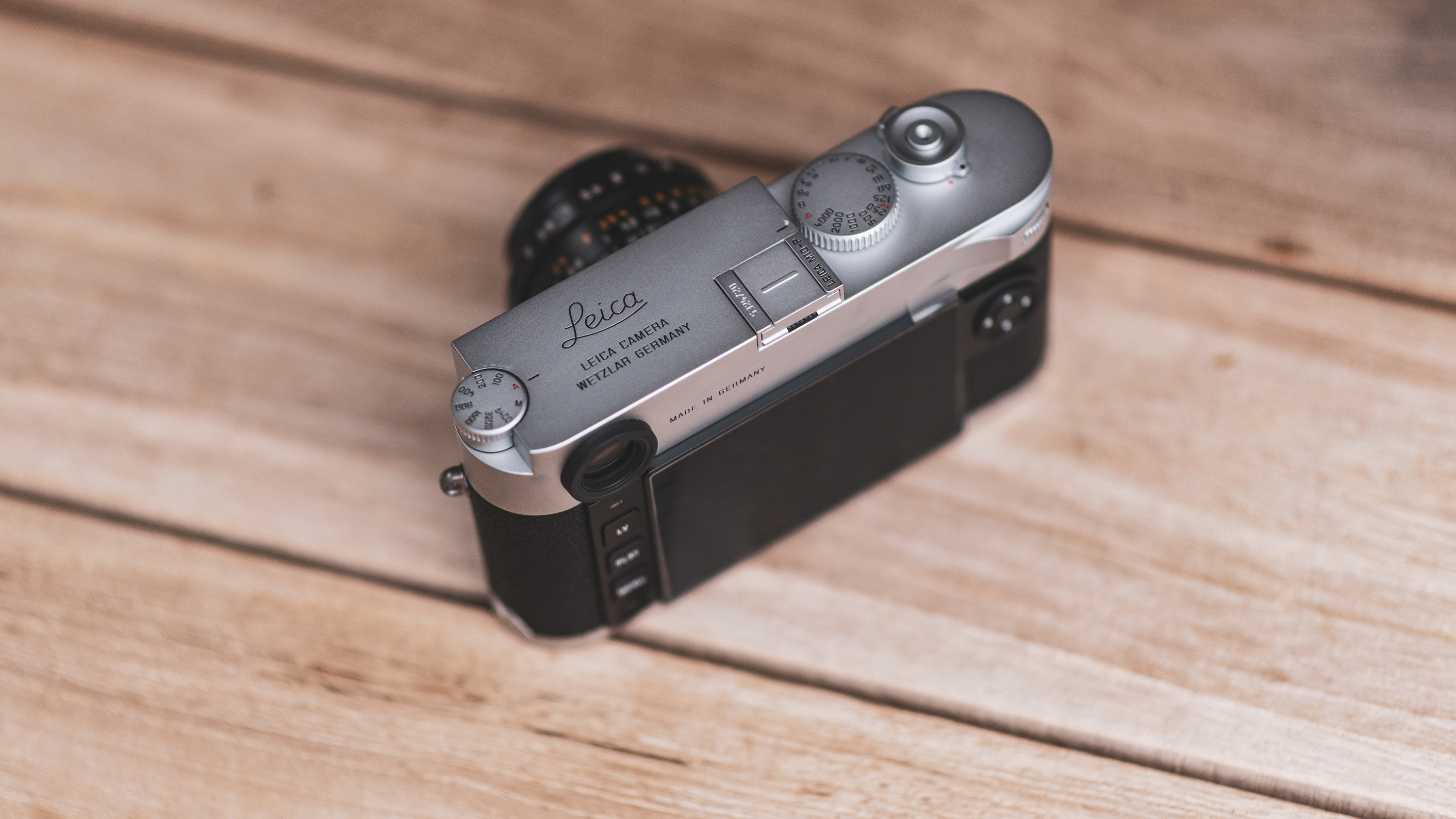
Build and handling
- No Leica red-dot logo
- Discreet Leica lettering on top plate
- Metal hotshoe cover
The Leica M10-P uses the same slimmed-down body as the M10, and as you'd expect for a premium product the finish is sumptuous. The M10-P is based around a magnesium chassis, while the top and bottom plates are milled from solid brass blocks, leaving you in no doubt that while the technology inside might not be that relevant in 10 or 20 years time, the camera will still feel special.
The battery and memory card are inserted into the base of the camera, and, somewhat unusually (though not if you’re a Leica M user), you have to remove the whole base plate to access this compartment. Fortunately, this isn’t as arduous as you might imagine, involving little more than a twist of a D-ring.
The M10-P is all about understatement, and to that end the camera has no Leica red dot logo on the front on the camera, and features only discreet Leica lettering on its top plate. There's also a metal hotshoe cover designed to seamlessly integrate it into the top plate of the M10-P.
The M10-P also inherits the large viewfinder from the M10, with the same manual rangefinder focusing method. If this is something you're new to it will take a little practice as you attempt to get the two images to become one single sharp image in the viewfinder, but you'll be surprised by how quickly you get the hang of it.
Some scenes, such as those with very bright light or particularly fine details, can be tricky to bring to focus manually, but there is an alternative approach: live view on the rear LCD screen in conjunction with focus peaking. By default, the scene is magnified as you start to turn the focusing ring on the lens, and this makes it much easier to assess focus on smaller elements in the scene. And in practice this works very well, particularly when depth of field is very shallow, and you can even adjust the colour of the highlight if it clashes with whatever it is you want to focus on.
While some cameras are littered with various controls, the cut-back three-button control layout keeps things nice and simple
The control layout for the M10-P is incredibly streamlined. On the top plate is the shutter button, which also acts as the on/off switch, along with a large shutter speed dial and a smaller ISO dial on the edge of the camera. To prevent you knocking the ISO out of its desired setting the dial is locked in place, and needs to be lifted out of position to be adjusted. To be honest, this is a little bit too much of a rigmarole if you chop and change your ISO settings regularly – it's not something that can really be done with the camera raised to your eye.
At the back of the M10-P, while some cameras are littered with various controls, the cut-back three button control layout keeps things nice and simple. The limited exterior controls don't really hinder the shooting experience, while the M10-P benefits from touchscreen control; this is designed to primarily to aid focus checking when in Live View, enabling you to pinch to zoom in on the display, while you can also swipe through images in Review mode.
The screen is pleasingly responsive when tapped and pinched, and captured images move around well as you drag your finger across the screen to check different areas. It’s just a little more awkward to use when swiping through a number of captured images, as it take a good long swipe from the left-hand-side of the LCD to actually move to the next image.
Performance
- Shutter is incredibly quiet
- Excellent image quality
- Useful DNG raw format
One of the key things that separates the M10-P from the standard M10 is the new shutter. Leica claims the M10-P features the quietest shutter release of all M-cameras, and it's hard to dispute that. Press the shutter button and the sound is pretty much inaudible – perfect for street photographers. That said, if quietness is your top priority then you might want to think about a mirrorless camera that offers a silent electronic shutter.
The camera’s 5fps burst mode manages to keep shooting for around 61 JPEGs on their own or 22 consecutive raw and JPEG frames before slowing down. While this is easily bested by many cheaper cameras, it’s perhaps sufficient for the kinds of images the average audience is likely to want to capture. It's also good to see that the camera remains operational while these are sent to the card, although it’s not possible to enter the main menu as this happens.
We were able to use the M10-P with the SUMMARIT-M 50mm f/2.4 during this review. Not only is this a very compact and lightweight option, but raw files captured with the lens display an excellent level of detail right across the frame, even when it’s used wide open at f/2.4.
This is no doubt helped by the omission of the optical low-pass filter, and it means that natural subjects end up with details showing excellent definition, and without any over-sharpening from the camera. On the other hand, occasion aliasing artefacts do appear, although unless you habitually shoot fashion or architecture, you may not spot this too often.
This lens also produces defocused areas with a lovely character and nicely round bokeh, which only forms a slight cat’s eye shaped towards the peripheries of the frame. There’s a touch of longitudinal chromatic aberration at the maximum f/2.4 aperture, which manifests itself as minor green fringing on the edges of details, although this is hardly uncommon in wide-aperture prime lenses such as this one.
Noise is very well controlled across most of the ISO range. Images captured in moderate light indoors at ISO3200 show only the faintest trace of coloured noise, and this increases very steadily as you carry on up the sensitivity scale. Image captured at the highest ISO50,000 setting are clearly affected by banding, although the results aren’t quite as terrible as might be expected at such settings.
It’s possible to select from three separate metering options: spot, centre-weighted and multi-field. The latter is the default option, and it tends to err on the side of underexposure, particularly when there are brighter elements in the scene. You can easily adjust exposure compensation as you shoot by simply turning the rear command dial (unless you’ve programmed it to do something else), although this is easy to knock accidentally, typically causing you to shoot with 1/3EV stop of exposure bias now and again without you realising.
One thing that could be improved is the camera's default JPEG quality. While details remain strong here, some of the vibrancy of raw files appears to be lost in JPEGs captured on the standard settings, and this leaves colours somewhat flat. Fortunately, saturation can be switched from Standard to High to rectify this.
The above issue is compounded by an Auto White Balance system that tends to rob images of warmer tones, so switching to a preset may also help to record the scene more faithfully. One thing that's also slightly puzzling is that vignetting appears to be more of an issue in JPEGs than it is in raw files.
Of course, many who use the M10-P will no doubt be capturing and processing raw files, rather than relying on JPEGs straight out of the camera, and these show themselves to be very flexible when subjected to post processing. Raw files themselves are captured as DNGs (Adobe's Digital Negative raw file format), making it possible to open them in multiple versions of Adobe Camera Raw and Lightroom.

Click here to see the full-size version

Click here to see the full-size version

Click here to see the full-size version

Click here to see the full-size version

Click here to see the full-size version
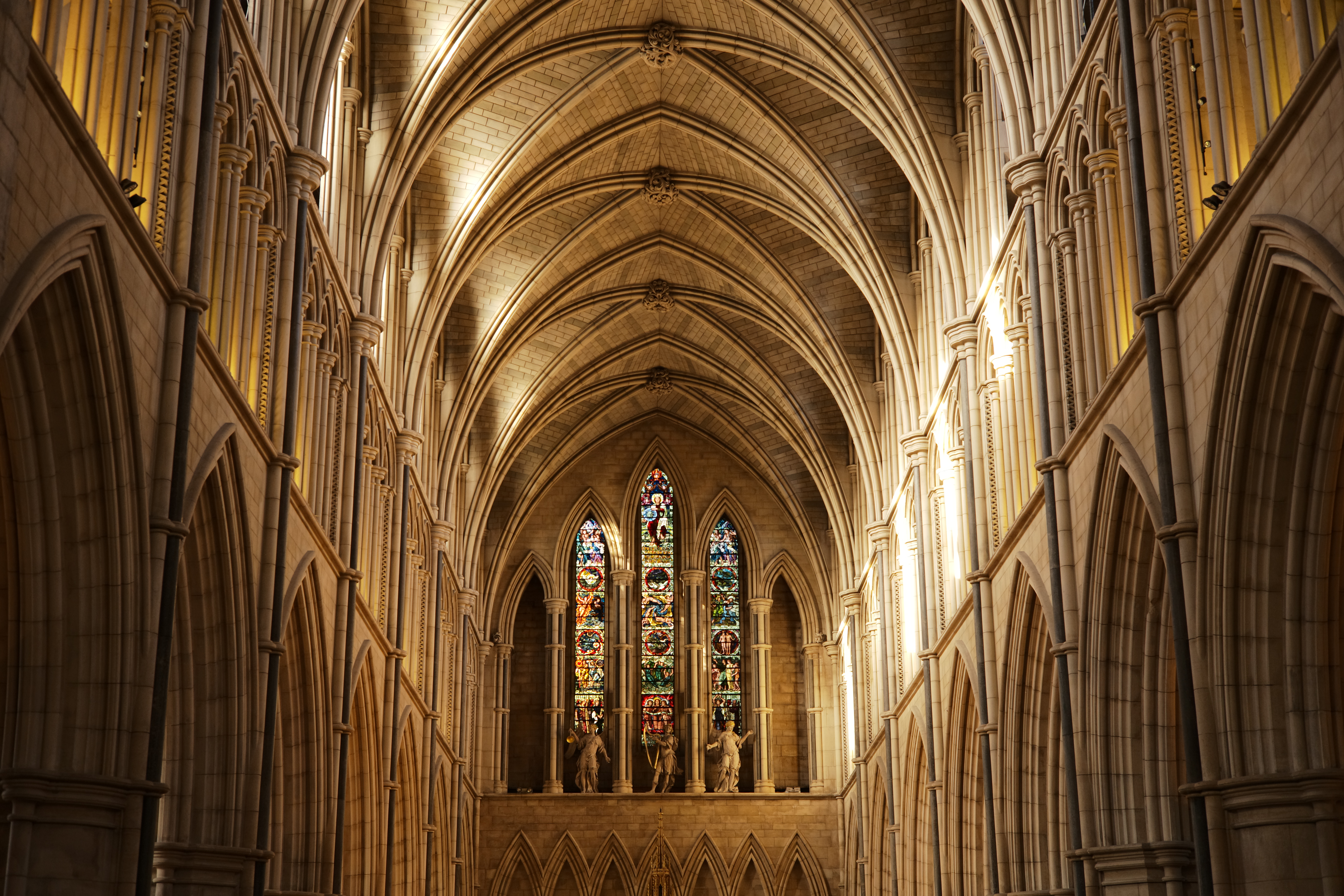
Click here to see the full-size version

Click here to see the full-size version

Click here to see the full-size version
Verdict
A Leica M-series camera is either something that you'll dismiss outright, pointing out all the advantages a DSLR or mirrorless camera offers at half the price (or even a quarter), or something you'll hanker after for your entire photographic life.
If it's the latter in your case, then you'll love the prospect of the M10-P. As a variant of the M10 the M10-P isn't dramatically different, save for the quieter shutter, touchscreen control, and cosmetic differences. However, the premium you pay over the M10 is quite substantial, so you'll have to decide if this is a luxury you can justify.

Phil Hall is an experienced writer and editor having worked on some of the largest photography magazines in the UK, and now edit the photography channel of TechRadar, the UK's biggest tech website and one of the largest in the world. He has also worked on numerous commercial projects, including working with manufacturers like Nikon and Fujifilm on bespoke printed and online camera guides, as well as writing technique blogs and copy for the John Lewis Technology guide.